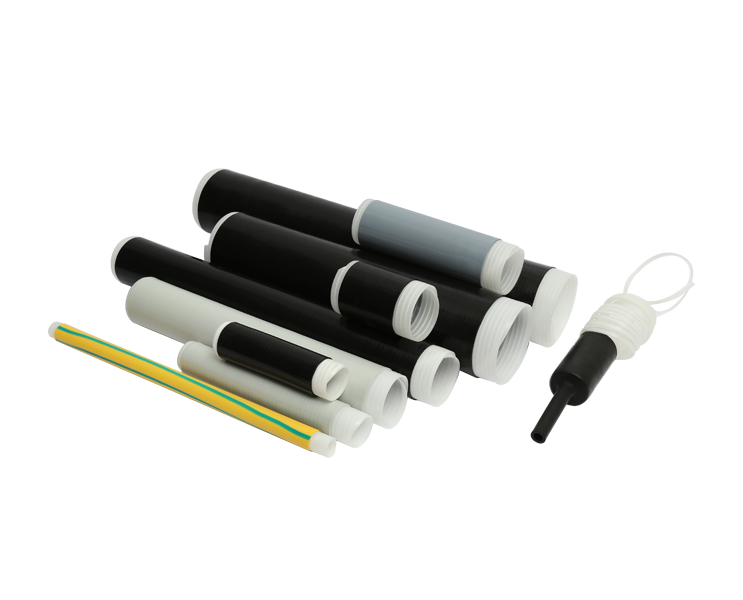ODM Design High Quality Separable Insulated Connectors Producer
In the dynamic landscape of electrical engineering, the quest for reliable and efficient connectivity solutions remains paramount. Among the innovations that have emerged to address this need, separable insulated connectors stand out as versatile and robust components.
Structural Composition of Separable Insulated Connectors
At the heart of separable insulated connectors lies a simple yet ingenious structural design. Comprising two main components – a male plug and a female receptacle – these connectors are engineered to establish secure electrical connections while prioritizing safety and ease of installation. The male plug features protruding pins or blades, while the female receptacle consists of corresponding sockets or slots. Crucially, both components are encased in insulating materials, such as plastics or rubber, to prevent electrical shocks and short circuits.
The versatility of separable insulated connectors extends across a myriad of industries, each benefiting from their unique attributes. In the energy sector, these connectors play a pivotal role in power generation, transmission, and distribution networks, facilitating the seamless transfer of electricity from source to end-user. In the automotive industry, they are integral to the assembly of electric vehicles, enabling the integration of batteries, motors, and control systems. Moreover, separable insulated connectors find applications in telecommunications, aerospace, marine, and renewable energy sectors, underscoring their adaptability and relevance in diverse technological landscapes.
The adoption of separable insulated connectors offers a multitude of advantages, underpinning their widespread acceptance and adoption. Foremore among these is enhanced safety, achieved through insulation materials that effectively mitigate the risk of electrical accidents. Additionally, the modular design of these connectors simplifies installation and maintenance procedures, reducing downtime and operational costs. Furthermore, separable insulated connectors facilitate scalability and flexibility, allowing for seamless expansion or reconfiguration of electrical systems to accommodate evolving requirements. With improved reliability and performance, organizations can optimize their operational efficiency and uphold stringent quality standards.
Separable insulated connectors are poised to undergo further evolution driven by technological advancements and emerging trends. One notable trajectory involves the integration of smart features, such as remote monitoring capabilities and predictive maintenance algorithms. By harnessing the power of data analytics and connectivity, these connectors enable proactive management of electrical systems, enhancing reliability and small downtime. Moreover, advancements in materials science may lead to the development of lightweight, yet durable insulation materials, further enhancing the performance and longevity of separable insulated connectors. Additionally, the proliferation of renewable energy sources and electric vehicles is expected to fuel the demand for high-capacity connectors capable of efficiently handling increased power loads.
Continuing on this trajectory of innovation, efforts are underway to refine the design and manufacturing processes of separable insulated connectors. These endeavors aim to optimize connector performance, reduce production costs, and small environmental impact through sustainable practices. Additionally, the ongoing standardization efforts seek to establish universal specifications and protocols, fostering interoperability and compatibility across systems and manufacturers.
In conclusion, separable insulated connectors represent a pivotal advancement in electrical connectivity, offering a potent blend of safety, reliability, and efficiency. Across diverse industries, these connectors serve as indispensable components in powering critical infrastructure and driving technological innovation. As organizations strive to meet the evolving demands of modernity, the adoption of separable insulated connectors emerges as a strategic imperative, enabling them to navigate the complexities of electrical engineering with confidence and resilience.

 English
English 简体中文
简体中文



